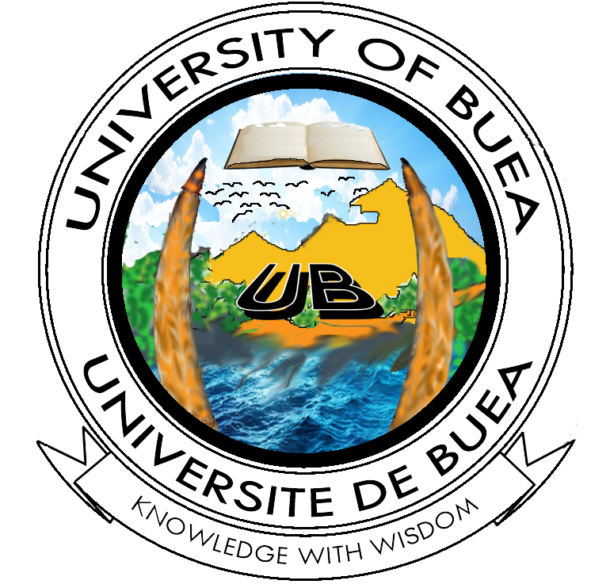| ZOO412: Hydrology, Fisheries and Aquaculture | 6 credits (40-10-10) |
Objectives
To describe the form and physico-chemical characteristics of different water bodies and study the general biology of fishes and their economic importance.
Contents
Water as an animal environment; the physical, chemical and biological factors affecting productivity in tropical lakes, ponds, swamps; streams and rivers; physical features of water and their influences on aquatic organisms – pressure; compressibility; density; buoyancy; viscosity; movements of water (waves, currents, tides, seiches); surface film; temperature; light; turbidity; the chemical conditions and their influences on aquatic life – dissolved gases (oxygen, carbon dioxide); dissolved solids; the biological factors-nutrients and plankton; the role of plankton in freshwater; the nature of standing water – lakes; ponds; freshwater swamps; the nature of running water-streams, rivers and the marine environment; laboratory emphasis will be on limnological sampling methods; chemical and biological analysis of samples; the role of the environment on fauna and flora; an introduction to the population dynamics of freshwater; brackish and marine fish species; including morphology and taxonomy of the fishes; their feeding, respiration, fecundity and reproduction; population and age structure; growth, distribution and speciation; and their economic importance; aquaculture with particular reference to Cameroon; the construction of fish ponds and fish pond management; field trips will be made to collect specimens and laboratory periods will be devoted to morphological and systematic analysis.


